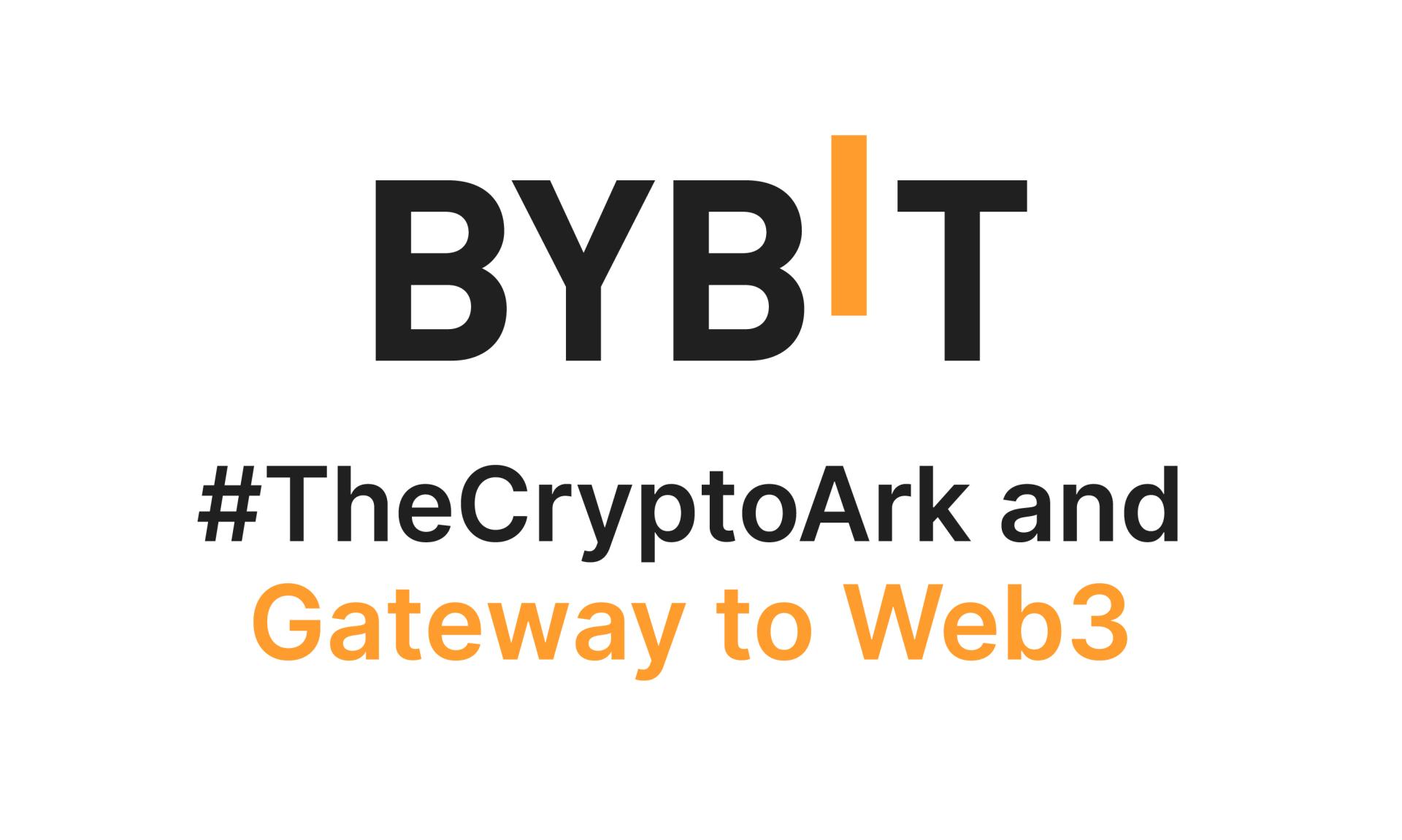
Hey everyone! Here’s a simple guide to help you use a bot for copy-trading the most profitable crypto wallets. Hopefully you’ll find it helpful. Introduction Looking to copy profitable trades without spending hours researching new tokens? Check out Definest—a platform designed to help you easily find and copy-trade winning wallets. With over 50 filters—such as PnL, Win Rate, and ROI—it’s never been easier to zero in on traders, snipers, and investors who consistently deliver strong returns. Step 1: Open the Wallets Page on Definest.ai Definest gives you visibility into every Ethereum-based wallet (with Solana support coming soon) and lets you explore over 20 metrics that gauge trading performance—including PnL, ROI, and Win Rate (shown in the top row). It also provides hypothetical metrics—PnL, ROI, and Win Rate if you had copied that wallet’s trades (shown in the bottom row)—so you can evaluate the wallet’s potential before you start copy-trading it. Step 2: Creating a Wallet Filter Definest gives you 26 filters for the “original” wallet and another 26 for the “following” (copied) wallet. Let’s set up a new filter. To do this, click Wallet filter -> Add filter . Example filter for finding winning sniper wallets: Median Coin Lifetime (6 months): max 2 minutes Total Trades (3 months): min 6 Total Trades (1 month): min 1 Scam Trades (1 year): max 20% ROI Total (1 year): min 300% ROI Total (3 months): min 150% ROI Total (1 month): min 50% F. ROI Total (1 year): min 270% F. ROI Total (3 months): min 130% F. ROI Total (1 month): min 30% F. PnL Total (1 year): min $10,000 Note: “F. ROI Total” (Following ROI Total) represents the projected ROI if you were to copy-trade that particular wallet. Keep in mind, not all filters are available in the free version. You’ll need a Premium subscription to unlock them all. That said, it’s still possible to find profitable wallets using the free version—it might just take a bit longer. Click Save and Apply . Out of 4.3 million wallets, just 33 meet these criteria. Step 3: Review the Wallet Page Open any selected wallet, and you’ll see all of its metrics—PnL, ROI, Win Rate, and more—across different timeframes. You’ll also see profit charts: The green line represents the original wallet’s PnL. The blue line represents the projected PnL if you had been following this wallet. Below that, you’ll find all the wallet’s trades. You can expand any trade to see its full breakdown—every buy and sell involved. When calculating profits, all costs are considered: network fees, token fees, router fees, and even bribes to block producers. Step 4: Start Copy-Trading with the Definest Bot Go to the Copy-Trading Bot tab on Definest.ai and click Add Trading Bot + . Create a new wallet and make sure to save the wallet’s keys. Step 5: Customize Your Copy-Trading Settings Buy settings: Wallet address: Enter the address of the wallet you want to copy trades from. Copy Buy: Turn this on to automatically replicate the wallet’s buy orders. Anti-MEV: Enable this to protect your buys from MEV bot interference. Retry times: Set to 10—this is how many times the bot will retry if an error occurs. Buy percentage: Choose what percentage of the original wallet’s trades you want to mirror. First buy amount: Specify minimum and maximum amounts for your initial buy. Copy Gas: Turn this on to use the same gas settings as the original wallet. Gas Delta: Add a gas premium here, if needed. Slippage: Set your slippage tolerance (at least 20%). Approval settings: Auto approve: Enable this so the bot can sell tokens. Retry times: Set to 3. Gas Delta: 1. Sell settings: Copy sell: Turn this on to replicate the original wallet’s sell orders. Auto sell: Enable this so the bot can sell at Stop-Loss, Take-Profit, or Time-Fix triggers. Anti-MEV: Turn this on to protect your sells from MEV bots. Retry times: Set to 10—this is how many times the bot will retry if an error occurs. Copy Gas: Enable this to use the same gas settings as the original wallet. Gas Delta: Add a gas premium if needed. Take-profit: Set one or more take-profit targets to automatically sell once a certain ROI percentage is reached. Stop-loss: Set one or more stop-loss levels to automatically limit potential losses. Conclusion By following this guide, you’ll be able to effectively pinpoint and copy-trade profitable crypto wallets. Always do thorough research and testing before making any investment decisions. Tips for Success Diversify: Don’t put all your funds in one basket. Follow multiple successful traders to spread out your risk. Regular Monitoring: Keep a close eye on your portfolio’s performance and adjust your strategies based on the results. Visit the best Copy Trading Wallet Finder .
CryptoIntelligence
You can visit the page to read the article.
Source: CryptoIntelligence
Disclaimer: The opinion expressed here is not investment advice – it is provided for informational purposes only. It does not necessarily reflect the opinion of BitMaden. Every investment and all trading involves risk, so you should always perform your own research prior to making decisions. We do not recommend investing money you cannot afford to lose.
Shiba Inu: How can SHIB’s 4137.17% burn rate trigger a bullish reversal?

Shiba Inu’s burn efforts may not be enough to offset the bearish market signals. CryptoIntelligence

Tokenized Assets Can Redefine Portfolio Management
For decades, your investment portfolio has revolved around a key academic idea that hasn’t held up very well: efficient markets. There’s a direct line from the efficient markets theory of Eugene Fama in the 1960s to modern portfolio theory. It paved the way for index funds, a strategy that has not only weathered market cycles but also become the default for managing pensions and retirement accounts. As we step into a new era of digital finance, tokenized assets may offer a way to broaden our investment horizons in ways that traditional models have overlooked. The genesis of modern portfolio theory Index fund investing didn’t arise by chance. In the early 1970s, amid vigorous debates over market efficiency, Burton Malkiel’s seminal work advocating index funds in 1973 (in his book “A Random Walk Down Wall Street” ) was embodied in John Bogle’s launch of the Vanguard S&P 500 fund in 1975. This cemented a strategy that focused on broad diversification and minimal trading. Astonishingly, passive index-investing has triumphed around the world, even though the theory underpinning it, that investors are always rational, hasn’t held up well. Behavioral psychologists like Daniel Kahneman and Amos Tversky illuminated the flaws in our decision-making processes. This is highlighted in Daniel Kahneman’s award winning book, “Thinking Fast and Slow.” In the ensuing decades, economists have reconciled efficient markets and irrational behavior into the concept of “pretty good markets.” Aggregated wisdom in the form of prices trends towards being right, over time, though from day to day and case to case there are significant gaps that investors can exploit. Index funds have held up well because exploiting those opportunities is hard to do consistently or cheaply. At the same time, the regulatory framework governing institutional investing reinforces this reliance on proven strategies. Fund managers operate under strict fiduciary duties that require them to prioritize client interests and mitigate risk. As a result, they allocate the bulk of their portfolios to assets with long, established track records, typically government bonds and passive equity funds. In short, the criteria for “acceptable” investments aren’t driven solely by potential returns; they are fundamentally tied to data history, reliability, and transparency. In case you were wondering, that means index funds. In this environment, venturing into uncharted territory is not taken lightly. New asset classes, no matter how promising, are initially sidelined because they lack the long-term, daily data that makes them viable for inclusion in a fiduciary portfolio. Until now, almost all portfolio theory has been based on U.S. equities and government bonds. Although that universe has expanded over time to include index funds and bonds from other large economies, it still represents only a relatively small portion of the world’s assets. Portfolios are constrained at the intersection of regulations and data. And that’s all going to change. Tokenization: Expanding the universe of investable assets Tokenization and on-chain transactions don’t just offer a scalable way to package any kind of asset. They also offer a path to transparent, comparable data on asset values. By representing real-world assets, whether it’s Thai real estate, Nigerian oil leases, or New York taxi medallions as digital tokens on a blockchain, we can begin to generate the kind of daily, market-derived data that has traditionally been reserved for a narrow set of assets. Consider a simple question: How much Thai real estate should feature in a diversified retirement portfolio? Under current models, the answer is obscured by a lack of reliable, continuous pricing data. But if Thai real estate were tokenized, establishing an on-chain market with daily closing prices, it could eventually be measured against the same metrics used for U.S. equities. In time, this would force a re-examination of the static, index-based approach that has dominated investment strategy for so long. The implications for global finance Right now, alternative strategies – as pension fund managers refer to anything that isn’t a stock or bond index – comprise no more than 15–20% of most funds. Changing academic data on investment options would put the other 80% up for grabs. Imagine a future where a truly diversified portfolio isn’t limited by the confines of traditional equity and debt markets. With tokenization, investors from large institutional funds to individual savers could gain exposure to asset classes and geographic regions previously ignored due to data scarcity or illiquidity. The principles that underpin modern portfolio theory wouldn’t be discarded. Rather, they would be expanded upon to include a broader range of risk and return profiles. As tokenized assets build track records, fiduciaries, who today favor the predictability of bonds and index funds, might find themselves compelled to recalibrate their strategies. It’s not that the pretty good market hypothesis will be rendered obsolete. Instead, the parameters of what constitutes “efficient” may widen considerably. A richer dataset could lead to better-informed risk assessments and, ultimately, to portfolios that capture a more accurate picture of global value. A Measured but inevitable shift This isn’t going to happen overnight. The fastest we’re likely to see changes emerge is about a decade, assuming time to build a wide portfolio of tokenized assets and 5-7 years to build a daily information track record. Once the data is present, however, change could come quickly, thanks to widespread use of artificial intelligence. One thing that often slows the spread of change is a lack of intellectual bandwidth on the part of fund managers and consumers to adapt to new data. It took about 40 years to move pension fund investors from a 95%+ bonds model in the 1950s to a majority equity index fund model in the 1990s. It took about 30 years for index funds to become the dominant equity investment vehicle after the evidence showed they were the best option. In a world of AI-driven automated investment tools, the transition might happen a whole lot faster. And with hundreds of trillions of dollars in assets under management, every percentage point change in allocation strategy is a little tsunami of change by itself. We’ll also be hosting a free session on the place digital assets will have in portfolios at the upcoming EY Global Blockchain Summit, 1 -3 April . CryptoIntelligence











